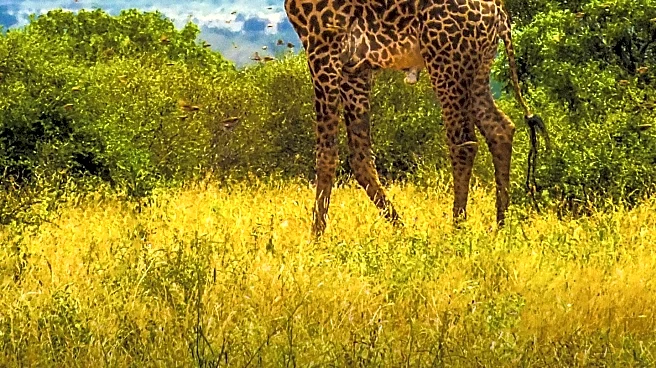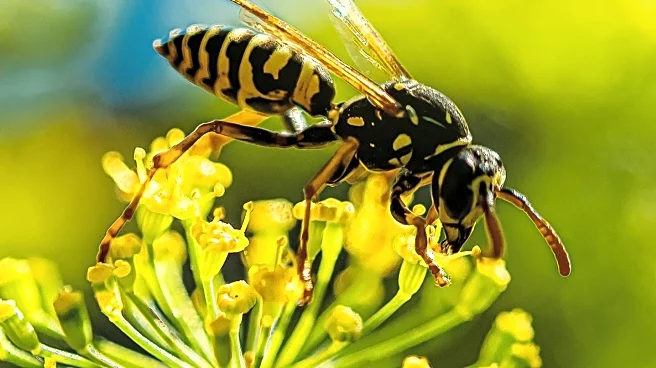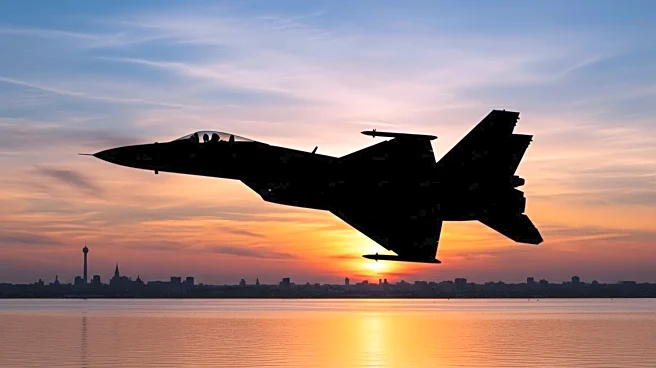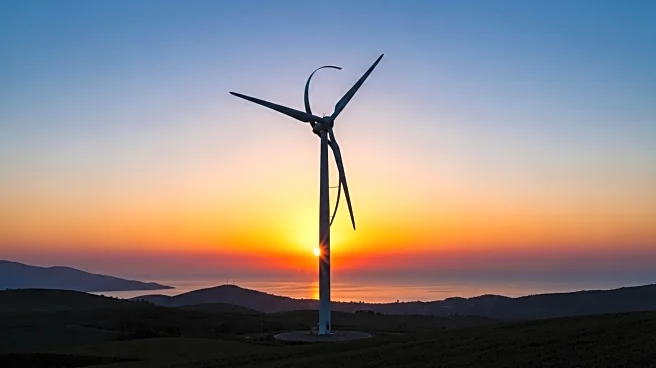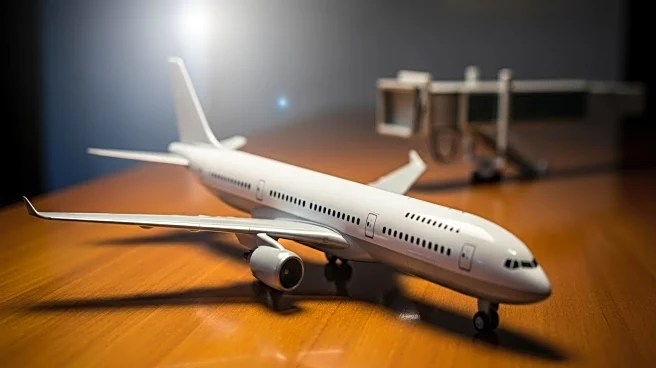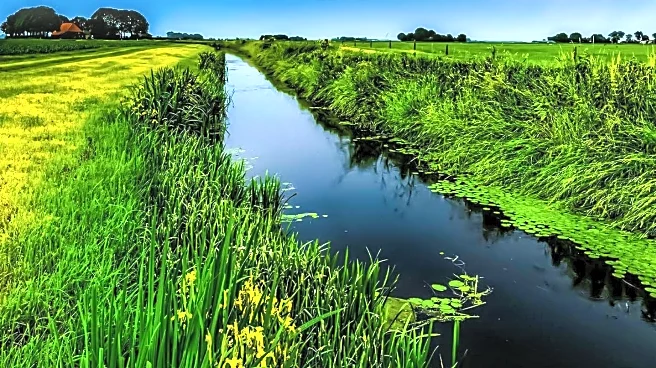What is the story about?
What's Happening?
The Wildlife Photographer of the Year competition, organized by the Natural History Museum in London, showcases breathtaking images that capture the beauty and challenges of wildlife around the world. This year's competition received over 60,000 entries, highlighting the diverse and dramatic interactions between animals and their environments. The photographs depict scenes such as a lioness confronting a cobra, a sloth navigating human obstacles, and an elephant foraging through waste. These images not only celebrate the artistry of wildlife photography but also raise awareness about environmental issues and the impact of human activity on natural habitats.
Why It's Important?
Wildlife photography plays a crucial role in conservation efforts by bringing attention to the challenges faced by animals in their natural habitats. The images serve as powerful tools for education and advocacy, encouraging viewers to consider the effects of pollution, habitat fragmentation, and climate change on wildlife. By highlighting these issues, the competition fosters a greater understanding of the need for sustainable practices and conservation initiatives. The photographs inspire action and support for policies that protect biodiversity and promote environmental stewardship.
What's Next?
The winners of the Wildlife Photographer of the Year competition will be announced on October 14, with the selected images featured in an exhibition at the Natural History Museum. This event will further amplify the conversation around conservation and the role of photography in driving positive change. As the competition continues to grow, it will likely attract more attention and support for global conservation efforts, encouraging collaboration between photographers, scientists, and policymakers.
Beyond the Headlines
The competition underscores the ethical considerations in wildlife photography, such as the responsibility to depict animals respectfully and avoid disturbing their natural behaviors. It also highlights the potential for photography to influence cultural perceptions of wildlife, fostering empathy and a deeper connection to the natural world. These images challenge viewers to reflect on their relationship with nature and consider how they can contribute to conservation efforts.
AI Generated Content
Do you find this article useful?
